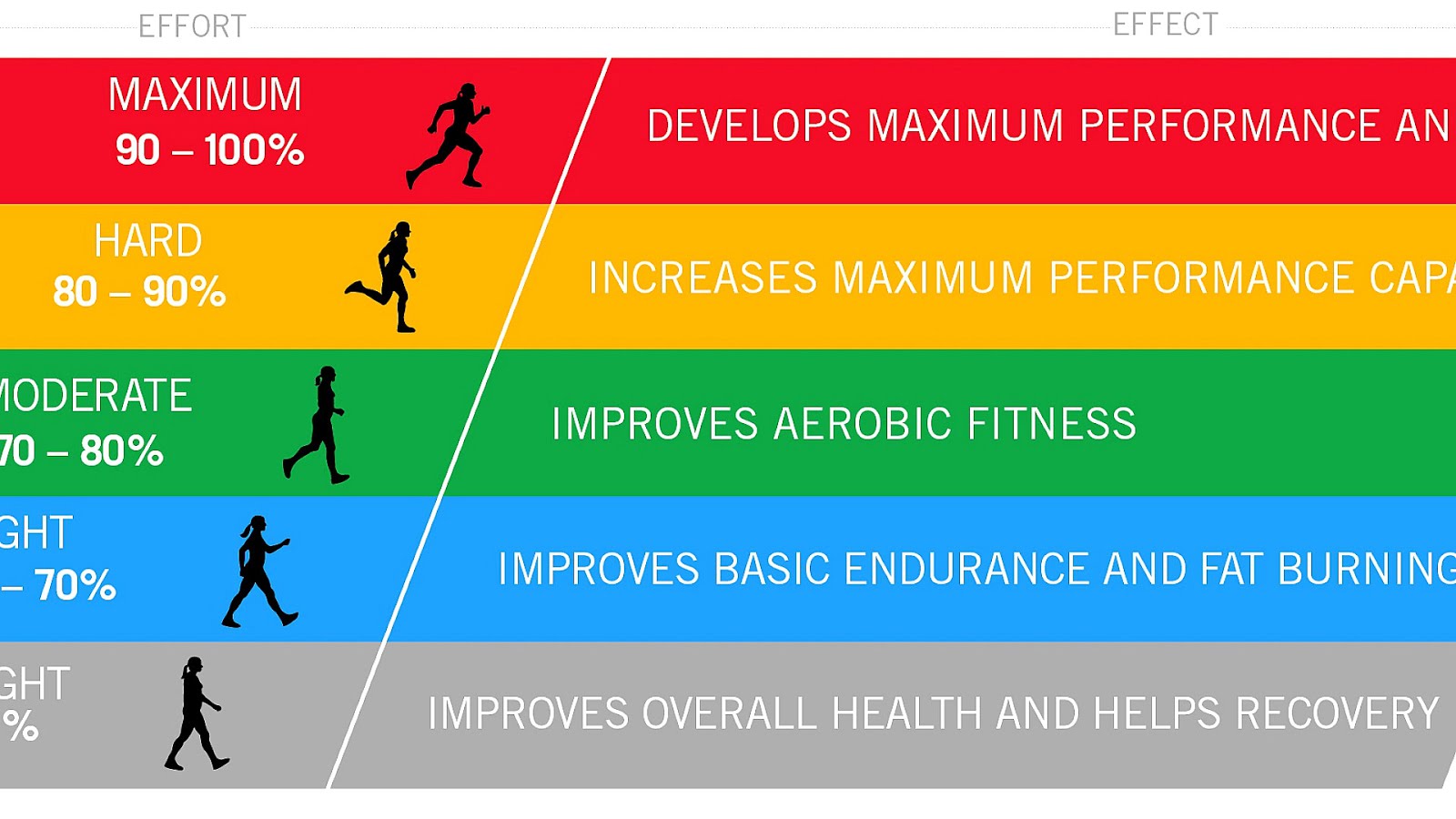Best Of The Best Tips About How To Keep Your Heart Rate Low

To help bring it down, try to bring calm to your day.
How to keep your heart rate low. Fainting feeling very tired dizziness palpitations (noticing your heartbeat which can feel like a pounding or fluttering sensation). Inhale slowly for five seconds and then exhale slowly for 15 seconds. Low heart rate, or bradycardia, means a heart rate below 60 beats per minute.
[2] so, when you feel like your heart is beating out of your chest, take a deep breath for 4 seconds, hold it for 7 seconds, and then breath out for 8 seconds. Slow deep breathing exercises have been scientifically proven to lower and control your heart rate. When the body is dehydrated, the amount of blood flowing through the body is reduced, so the heart has.
Make the environment as peaceful as possible, and take your time. This is a range based on a percentage of your max heart rate. Increase your physical activity.
If you’re physically active, your heart pumps blood more efficiently. 'an abnormally low heart rate can lead to symptoms such. Put one hand on your belly and the other on your chest.
You can probably get a pretty accurate reading by counting the number of beats in 15 seconds and multiplying that number by four. If you’re not having symptoms, then bradycardia may not be a cause for concern. When you are stressed, your body releases adrenaline, increasing your heart rate to assist in dealing with the stressor.
Yoga, meditation, and breathing exercises also stimulate the parasympathetic nervous system and can lead to an overall lower heart rate, dr. But a low rate isn’t always a sign of a problem. Then, when you’re in rest mode, your heart is more easily able to maintain a normal heart rate.
Give your heart a chance to relax and get back to. Heart coherence is when all your body’s systems—breathing, brain rhythm,. Age fitness health conditions medications body size even emotions, temperature, and humidity outside can affect your pulse rate.
Warm up by running one mile or 10 to 15 minutes at a pace that keeps your heart rate at least 10 bpm below your target max heart rate using the 180 maf method. Babies and young children have higher resting heart rates than older kids, teens, and adults. In the long term, the best way to lower your heart rate is by following a program that includes exercise, a healthy diet, limited caffeine and alcohol, and good sleep, suggests johnson.
Practice heart rhythm coherence training. A lower resting heart rate is usually better when it. The most effective way to achieve a lasting lower heart rate is to do regular exercise.
1 breathe in through your nose and out through your mouth slowly. For most people who are younger, highly trained athletes and people who work out regularly, a low heart rate while exercising — defined as below 60 bpm — is normal and healthy. Count your heartbeats for 30 seconds and multiply by two to find your total beats per minute.



:max_bytes(150000):strip_icc()/VWH_Illustration_How-to-Measure-Resting-Heart-Rate_Danie-Drankwalter_Final-68133f7fa9ea49b8af6d0db55f1a5cd2.jpg)














